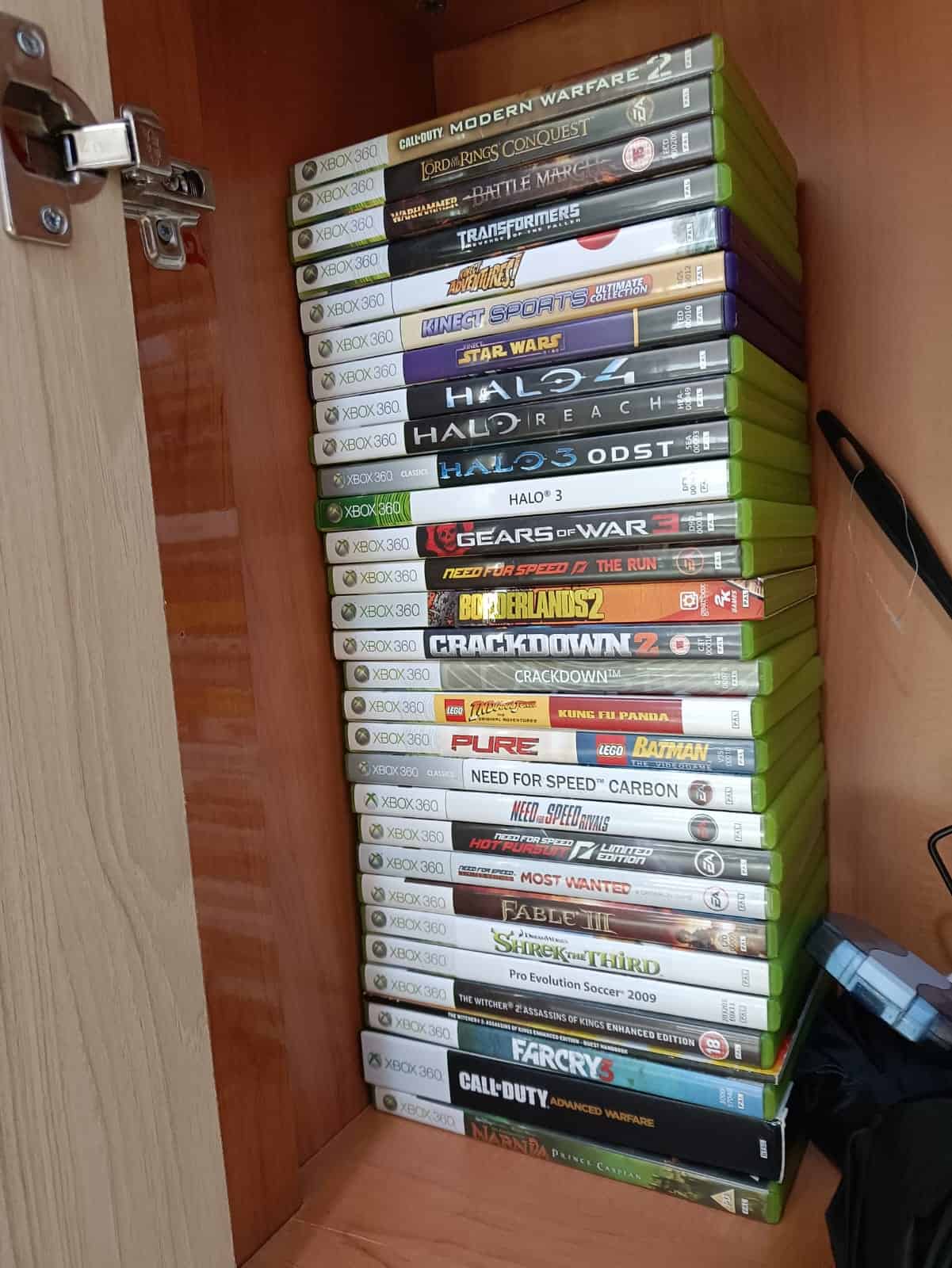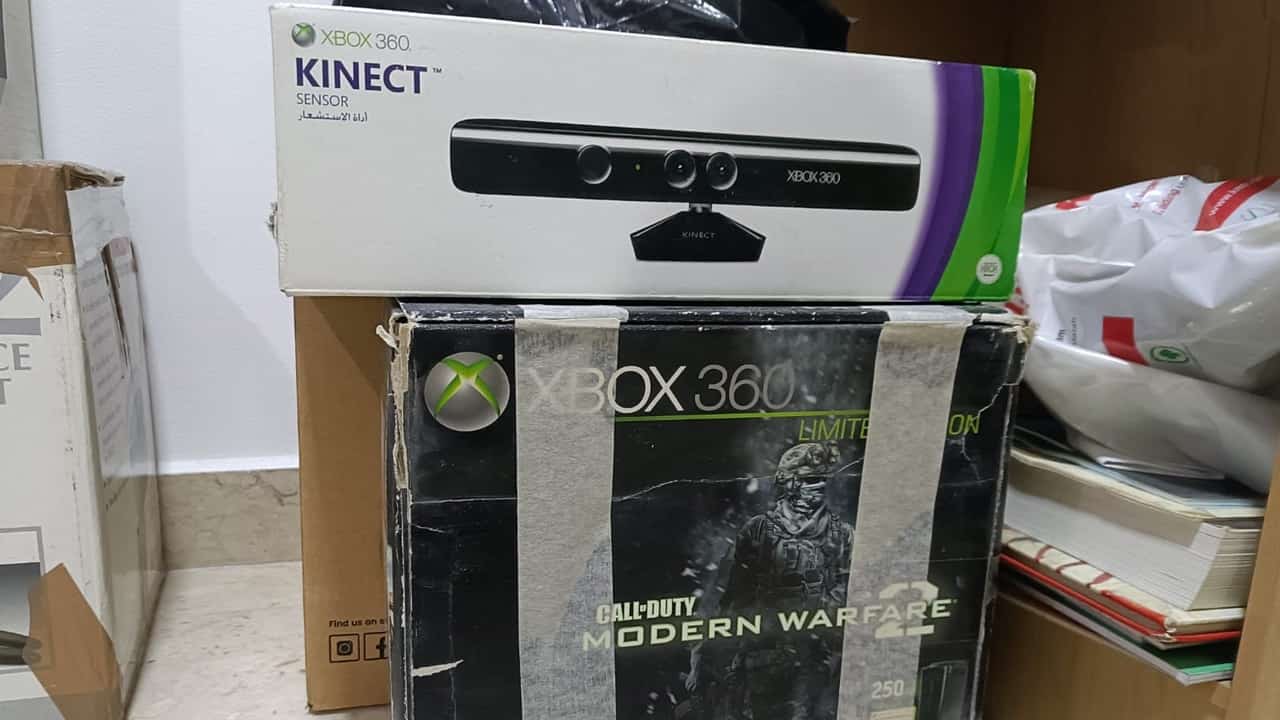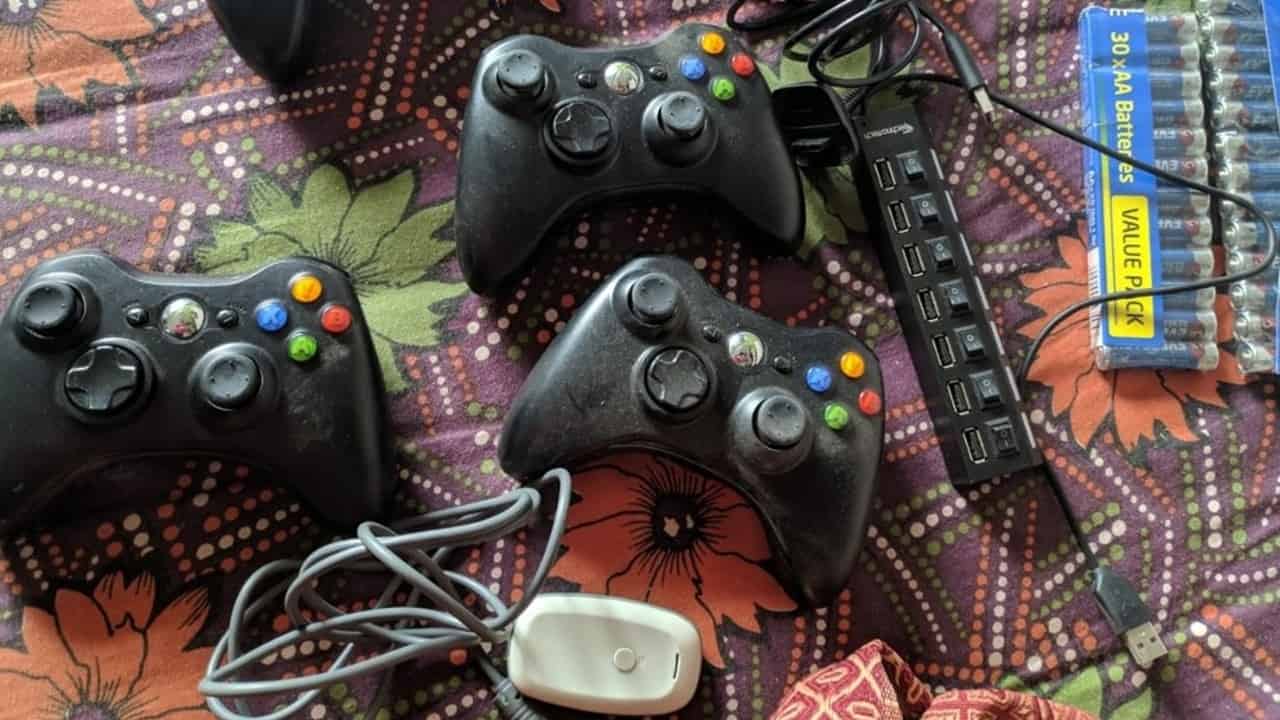Video Gamer is reader-supported. When you buy through links on our site, we may earn an affiliate commission. Prices subject to change. Learn more
I thrive on nostalgia. One foot in the past and another in the future isn’t the best way to live. But that’s how Microsoft approaches gaming. Despite the Xbox 360 storefront shutting down next year, backward compatibility and cloud gaming remain crucial to Microsoft’s gaming efforts. Since my friends at school hadn’t heard of the Sega Genesis and Nintendo 64, the Xbox 360 was my first ‘serious console.’ Just as online matchmaking and some of my all-time favorite franchises were taking off, I convinced my parents to get me an Xbox 360.
According to my classmates, the Xbox 360 and the PlayStation 3 were ‘real consoles,’ a step up from the Wii’s arcade nature. Speaking of which, the Nintendo Wii turned 17 this week. Here’s a retrospective on the most recognizable Xbox console, one that scales its peaks and recognizes its stumbles. On its 18th anniversary, there’s a lot to reminisce about.
Let there be light (cue red ring of death)
Back in 2005, Microsoft did a great job with the Xbox 360 reveal by positioning it as a gaming-first device with a revamped controller and backward compatibility. Conveniently, it undercut the PlayStation 3’s $499 price tag. Then-Sony president Shuhei Yoshida recalled the price reveal as a “horrifying moment” in an interview. While the Xbox 360 launched a year early, its $399 price would shape its sales trajectory for the next decade. The $299 Core variant with a wired controller rubbed even more salt in that wound. The difference in cost came down to Sony adopting advanced features like a Blu-ray drive and integrated WiFi. Back when the internet was in its infancy, these additions weren’t compelling.
That’s not to say that its launch went well. In just a couple of years, Xbox 360 consoles from all over the world started to fail. Called the Red Ring of Death, it was a PR and hardware disaster for Microsoft. Then-Xbox lead Peter Moore had to get over a billion dollars from then-CEO Steve Ballmer to tackle this calamity. I’m happy to report that my Xbox 360 lives. However, several dashboard redesigns mean that it no longer has the iconic Blades interface.
Xbox Live was a golden experience
Microsoft was at the forefront of online gaming thanks to its Xbox Live service, accessible via a sold-separately dongle and a paid Xbox Gold subscription. Tied to accounts with Gamertags from the original Xbox, this paved the way for an instantly recognizable multiplayer experience. Sony wisely chose to keep its PS3 multiplayer service free, pulling many FIFA and CoD fans to their side. Scrounging up $60 for annual releases was a chore so free multiplayer was a silver bullet that was hard to ignore.
Microsoft’s console launch got off to a good start with titles like Perfect Dark, Kameo, Call of Duty 2, and Project Gotham Racing 3. A year later, Epic dropped the stunning Gears of War while The Elder Scrolls IV: Oblivion took over RPG duty. Developer Bethesda was mocked for its $2.49 horse armor DLC but its widespread adoption means the games industry had the last laugh. Capcom showed up with Dead Rising, a zombie-slaying franchise that surpassed expectations.
And in 2007, Halo 3 revitalized its fanbase with a stellar campaign and rock-solid multiplayer. The Forza, Fable, and Crackdown franchises found their footing alongside several third-party exclusives. Timed exclusives like Mass Effect, BioShock, and Ninja Gaiden 2 were massive successes on the console alongside yearly CoD and FIFA titles. I only managed to join the Xbox camp when CoD Modern Warfare 2 came out in 2009.
Partnering with Call of Duty for marketing campaigns in 2010 ensured that Microsoft’s Xbox would be the game’s platform of choice, an impression that remains despite Activision-Blizzard’s switch to prioritizing Sony’s consoles in 2015. And with Microsoft acquiring them this year, things have come full circle.

Xbox Live Arcade set the course for Game Pass
Returning from the original Xbox, this platform shed light on smaller downloadable games from AAA studios and indie developers. While you still had to pay for these games, they were far more affordable than your average Call of Duty title. They usually had solid co-op support, letting friends and family duke it out on-screen. Games like Castle Crashers, Shadow Complex, and Limbo are now iconic games that triumphed alongside bigger releases. Hearing the little blip sound as ‘Achievement Unlocked’ popped up on the screen felt incredible regardless of the game. These bragging rights and the task of hitting 1,000 gamerscore delight fans to this day.
Xbox Live Arcade set the groundwork for Xbox’s indie efforts, particularly ID@Xbox and its Game Pass subscription service. With a reported 25 million subscribers, the latter has greatly improved the discoverability of obscure gems at a reasonable price point. It’s also been a driving force in introducing people to franchises that weren’t accessible on Microsoft’s devices earlier like Persona and Yakuza. But Xbox Live Arcade was no experiment. Microsoft’s biggest gamble happened years later with the Kinect.

Through the looking glass of the Kinect
Back when Microsoft demonstrated the Kinect’s motion-sensing tech in 2009, it felt like the future of gaming. And with the rise of motion-tracking VR and AR headsets, some of it feels like a prophecy fulfilled. More than just appealing to gamers, the $149 peripheral tempted to-be gamers as well with its ‘You are the Controller’ tagline. $299 Xbox 360 bundles paired with the Kinect made for a rather tempting value proposition. With 17 launch games including Kinect Adventures, it went on to become the fastest-selling consumer electronic device in 2010.
But this didn’t last. There weren’t enough ‘must-play’ games that warranted a Kinect purchase. Developers prioritized controller support because this unified the experience across platforms. Kinect additions into traditional games felt shoehorned, even if getting a red card for swearing in FIFA 15 was pretty neat. And while Microsoft released a new Kinect-powered interface, commands felt clumsy and weren’t accurate enough to ditch the controller. After its early demise in 2017, the project was turned into the Azure Kinect Developer Kit. Sadly, this too was discontinued in 2023.
But it did enhance accessibility and Phil Spencer, the head of Xbox, noted that they had received positive feedback from impaired children on Kinect usage. These efforts would lead to the release of the Xbox Adaptive Controller in 2018. As for the motion-powered interface, it did the job for media consumption and set a course for Microsoft that is now a cautionary tale.
Becoming a multimedia marketplace
Microsoft inked an exclusivity deal for the Xbox 360 with Netflix back in 2009. Movie and TV show streaming via the console became so popular that Microsoft turned the 2013 Xbox One into an entertainment hub. Hulu, HBO Go, and other apps bolstered this effort alongside TV integration. This shift from the gaming-focused conferences of yesteryear divided fans. The lack of backward compatibility at launch, an online connection requirement, and abandoning used games (quickly reverted) eroded the goodwill that Microsoft had built over decades of stellar service.
Forcing the new and improved $200 Kinect into Xbox One players’ carts didn’t work in 2013. A Kinect-less Xbox One was announced within a year, with the Kinect varient shelved in 2017. Designed by PrimeSense, this tech would eventually make its way onto the iPhone’s front-facing depth cameras after being acquired by Apple.

Backward compatibility keeps the Xbox 360 soul alive
Legacy games like Gears of War 3 are still great via Microsoft’s backward compatibility efforts on the Xbox Series X|S. Whirring our lancers’ chainsaws and diving feet-first into combat remains an adrenaline-pumping experience. Heading into a Firefight round in Halo: Reach with my brother still feels magical. The Xbox 360 gave me plenty of firsts outside its exclusives as well.
Nearly missing my school bus because I snuck in an Assassin’s Creed session (I was caught) is a memory I recollect fondly. Co-op missions across Call of Duty Modern Warfare 2 and Borderlands 2 were wrought with tension as my brother and I faced all sorts of foes together. Our assault trooper-sniper synergy is still strong as I cover his back when he charges into today’s games.
Once I got to college, I used my Xbox controllers for LAN parties with friends thanks to the Wireless Adaptor peripheral. I even managed to find aftermarket cables to turn my wireless controllers into wired ones. Former Xbox Live Arcade games like Castle Crashers and BattleBlock Theater were just as exciting on a laptop screen.
Sure, the Xbox 360 had hits and misses. Its excellent controller sits alongside the middling Kinect. A lower price point than the PS3 did little against the Red Ring of Death. Xbox Live’s benchmarks came at a cost, unlike the PlayStation Network. But it’s given me great memories and special moments that remain fresh in my mind.
Watching PlayStation and Xbox console generations evolve and break new ground with franchises old and new has been incredible to witness. Indie games are driving innovation across multiple genres, if not inventing subgenres themselves. The Xbox 360 was my gateway into some of gaming’s biggest franchises and beloved hits. Subsequently, it pushed me towards game journalism and here I am. On the Xbox 360’s 18th anniversary, I am beyond grateful.

